10 Ways to Kill Weeds Naturally
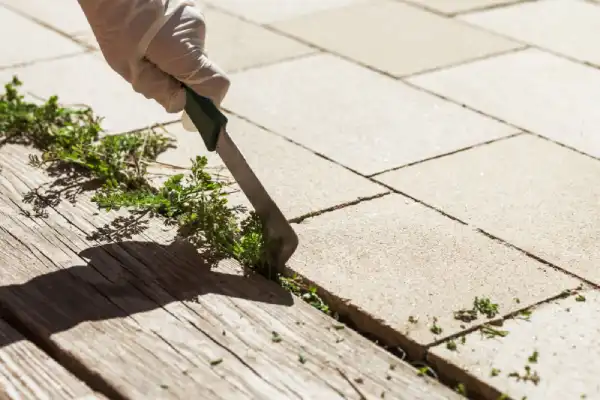
Nothing ruins a beautiful garden like ugly, stubborn weeds. Turn your back for one second, and suddenly, you’ve got dandelions, clovers, and crabgrass galore. Weeds not only look bad, but they can also compete with your flowers and plants for sunlight and nutrition.
The solution is to kill the weeds, but not every homeowner wants to use chemical herbicides in their garden. Herbicides can contaminate groundwater, kill off helpful insects, and hurt local wildlife. You may also feel uncomfortable using herbicides in areas that your children, pets, and other family members use.
Want to know how to get rid of weeds naturally? Let’s explore non-toxic weed killers as well as safe weed suppressants and preventatives.
The following are our 10 favourite environmentally friendly weed killers.
Table of Contents:
1. Pull Weeds by Hand
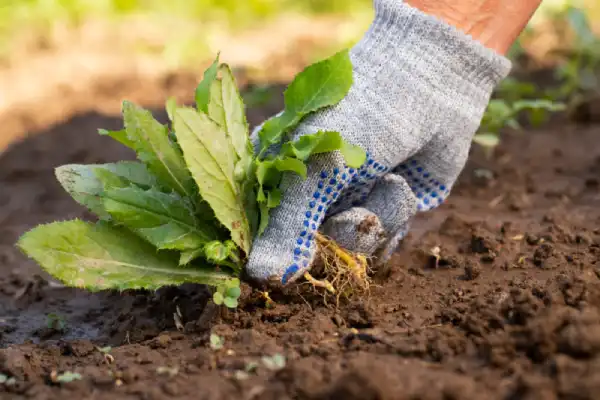
Pulling weeds by hand isn’t anyone’s idea of a fun time, but it’s one of the most effective ways to get rid of stubborn weeds. If you want a safe weed killer, nothing beats doing the work yourself. Make sure you wear gloves, and consider using a trowel or a claw tool for assistance. Dig deep and pull out the full root so the weed won’t grow back again.
2. Use Vinegar
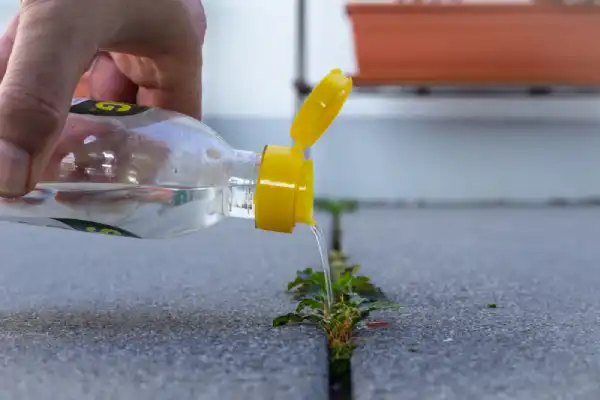
Your grandmother used vinegar to clean kitchen counters, descale pots and pans, and even wash clothes. This old-timey remedy has many uses, and one of them is to kill weeds! Acetic acid is the active ingredient in vinegar and works by sucking the moisture out of weeds.
Fill a spray bottle or pump sprayer with vinegar and carefully apply it directly to the weeds you want to kill. Take care where you spray. Vinegar can harm your prized flowers as easily as it can stamp out weeds. Vinegar works best when used on a sunny, non-windy day. Don’t use it if the forecast calls for rain.
3. Mulch
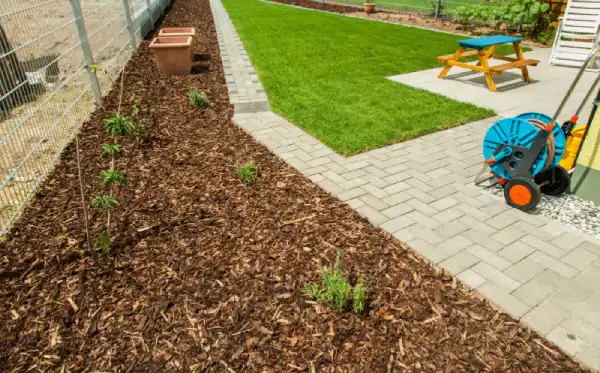
The best cure for weeds might actually be prevention. Once you’ve planted your garden, add a nice, thick layer of mulch over everything. Mulch works by preventing sunlight and nutrients from reaching weed seedlings, killing them before they have a chance to take root.
As a bonus, mulch helps to retain water in your garden soil and can enhance the look of your garden. We recommend putting down about 7 centimeters of mulch to get the best anti-weed results.
4. Sprinkle Salt
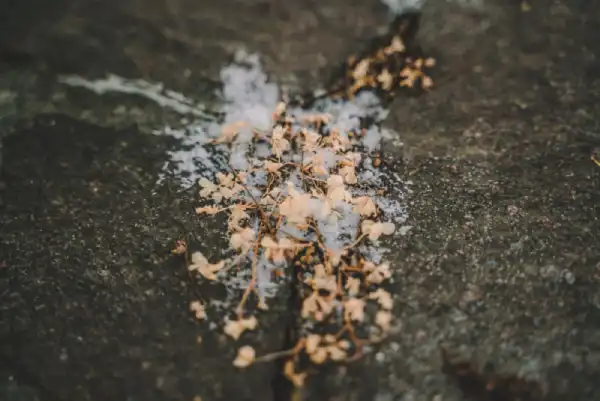
One of the easiest environmentally friendly weed killers around is probably lurking on your countertops or in your pantry. Salt can gradually make your soil a hostile place for plant life. To use this natural solution, simply sprinkle a pinch of salt at the base of each weed. Over time, rain will work the salt into the soil, slowly choking the weeds. Again, this is a solution you want to use with precision. Don’t scatter salt all over your garden, or you could damage the plants you want to keep.
5. Boil Water (Steam)
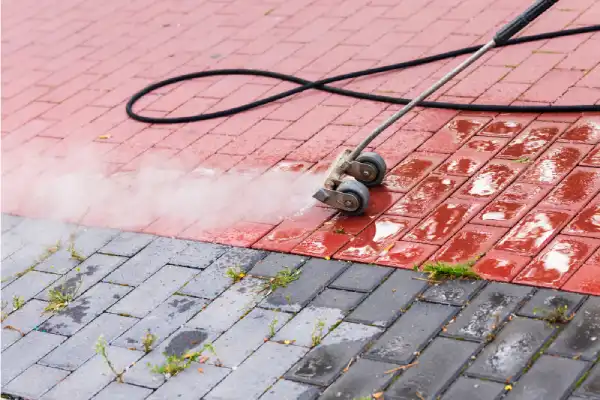
Technically, you are defending your castle, so why not pour boiling water on the invaders? Boiling water is a wonderfully safe weed killer as long as you take proper precautions. Start by heating water to a boil. We recommend using a kettle or pouring the water into a pitcher for easier handling. Then, pour the boiling water directly on the weeds. Always wear pants and closed-toed shoes to help protect yourself from any splashing.
Extra large or tough weeds may take several applications until they finally succumb to this treatment.
6. Make a Homemade Weed-Killer Solution
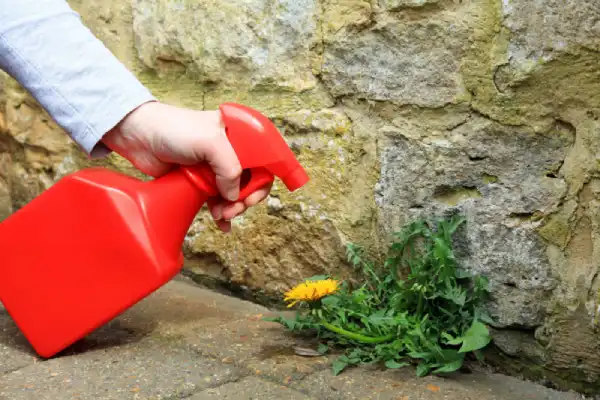
We’ve already mentioned the weed-killing power of vinegar and salt, so why not combine them for an even stronger, non-toxic weed killer? One of the best homemade weed-destroying solutions combines the following:
- 4 litres of white vinegar
- 250 ml of salt
- 15 ml of liquid dish soap
Mix it all up, put it in a spray bottle or sprayer, and apply it directly to your weeds. The vinegar and salt will both work to dry out the weeds, while the soap acts as a surfactant, meaning it will help the solution bead on the leaves.
Use this formula on a sunny day, and try to avoid spraying your other plants. In the right conditions, weeds hit with this concoction will turn brown and die in a matter of hours. It can be quite enjoyable to watch!
7. Use Corn Gluten Meal
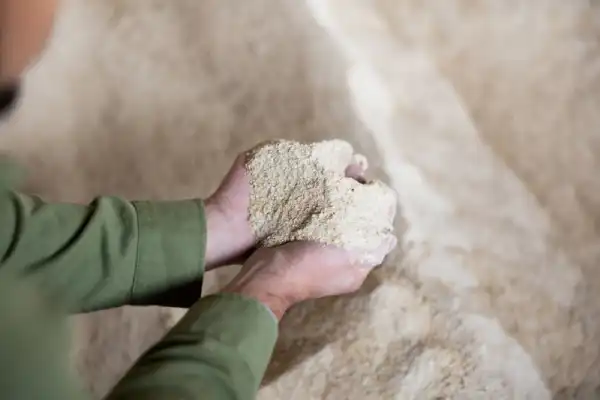
Another way to prevent weeds is to sprinkle corn gluten meal on your soil. The corn gluten stops seeds from sprouting, but it won’t work on established weeds. Don’t use this method until your other plants are firmly rooted, as it could prevent their growth as well.
8. Solarize
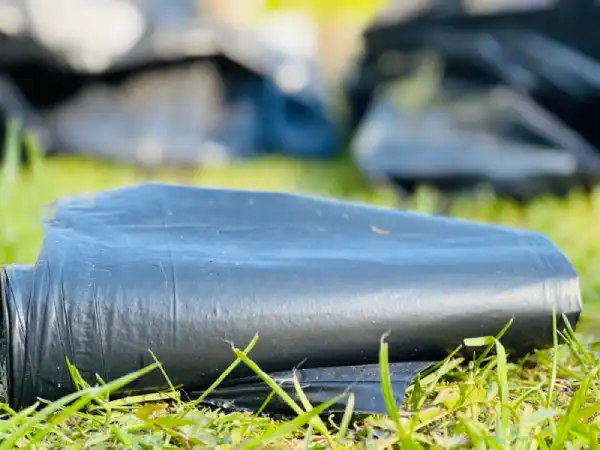
Are you planning to start a new garden in the coming months? There’s a simple and effective way to prevent weeds from taking over your empty garden plot in the meantime.
First, pull all existing weeds, then till the soil to bring weed seeds closer to the surface.
Next, put plastic sheeting over the loose dirt and secure the sheeting at the edges. This solution works best in warm weather. The sun will heat the soil, and the plastic will trap the heat. If temperatures get high enough, the heat will kill the seeds, and the weeds will never sprout. Keep the sheets in place for two to four weeks or longer if the weather is cool.
Painting tarps work great for solarization. We recommend putting down two layers to lower the risk of ripping.
9. Create a Newspaper Barrier

If you’ve got old newspapers or cardboard boxes lying around, then you have all the ingredients for a safe weed killer. As with solarization, you’ll want to begin by pulling all existing weeds. Next, wet the soil. You’ll then lay the cardboard or newspaper over the soil. This will block out the sunlight so weed seeds can’t sprout. Spray down the cardboard or newspaper so that it’ll stick better to the soil. If you like, you can add mulch on top of the cardboard or newspaper for additional sunlight blockage.
Keep the barrier in place for four to five weeks to make sure weeds cannot sprout. You may even opt to leave the cardboard or newspaper on the soil beyond that time period. Eventually, it will break down, adding nutrition to the soil.
10. Add Ground Cover
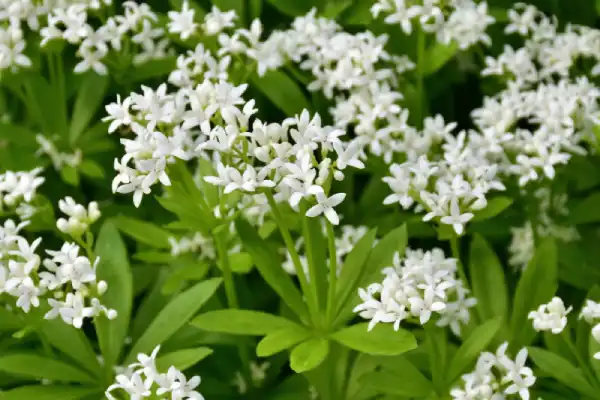
Weeds will try to grab a toehold in any empty spot of soil, so don’t give them any space to thrive. Adding ground cover to your garden will help block sunlight and nutrients from getting to weeds. The best types of ground cover are low-growing and spread easily, helping to fill in bare areas of your garden. As a bonus, they can add more colour and diversity to your garden.
Choose a ground cover that works in your climate and soil type and fits the look and feel of your garden. Popular ground cover choices include the following:
- Salvia
- Blue Wood Sedge
- Coral Bells
- Catmint
- White Heath Aster
You Don’t Have to Deal with Weeds Alone
Dealing with a weed outbreak can be frustrating, difficult, and physically taxing. But you don’t have to do it alone. At The Grounds Guys®, our pros are happy to help. We offer a variety of weed management services, including using non-toxic weed killers. We can also pull stubborn weeds by hand. In fact, we try to use natural lawn care solutions whenever possible.
After we’ve handled your weeds, we can also care for your garden, perform ongoing lawn care, and more. We offer free estimates, and all of our work is backed by the Neighbourly Done Right Promise™, which guarantees a job well done.
Find The Grounds Guys location nearest you and contact us today to learn more about weed management and our other lawn and garden services.
 Click to call
Click to call


